Optimal Timing for Waterproofing Projects
Waterproofing is a critical process to prevent water intrusion and protect structures from moisture damage. The optimal time for waterproofing depends on various factors including weather conditions, temperature, and project scope. Proper timing ensures the effectiveness and longevity of waterproofing materials, reducing the risk of future repairs.
Ideal for waterproofing projects due to moderate temperatures and low precipitation, allowing materials to cure properly.
Suitable when temperatures are still warm but before the onset of heavy rains, ensuring effective application.
Periods with minimal rainfall provide optimal conditions for waterproofing to set and adhere properly.
Freezing temperatures can hinder the curing process and compromise waterproofing effectiveness.
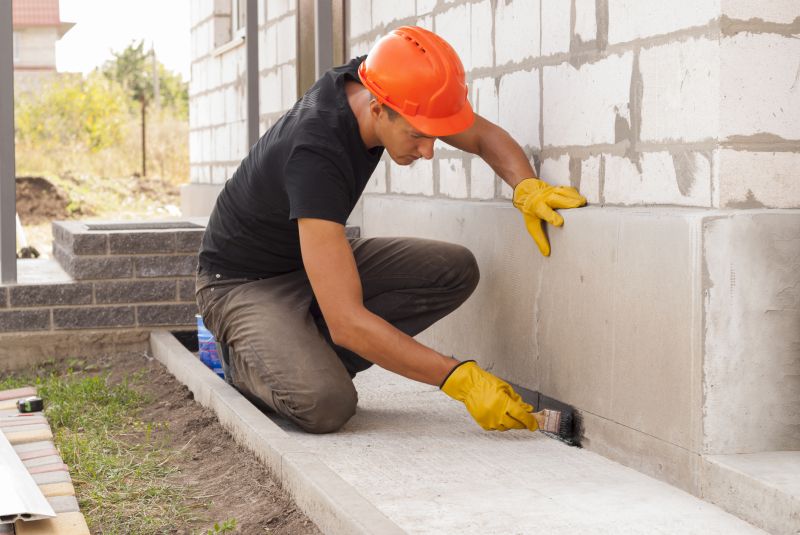
A worker applies waterproof sealant on a foundation wall.
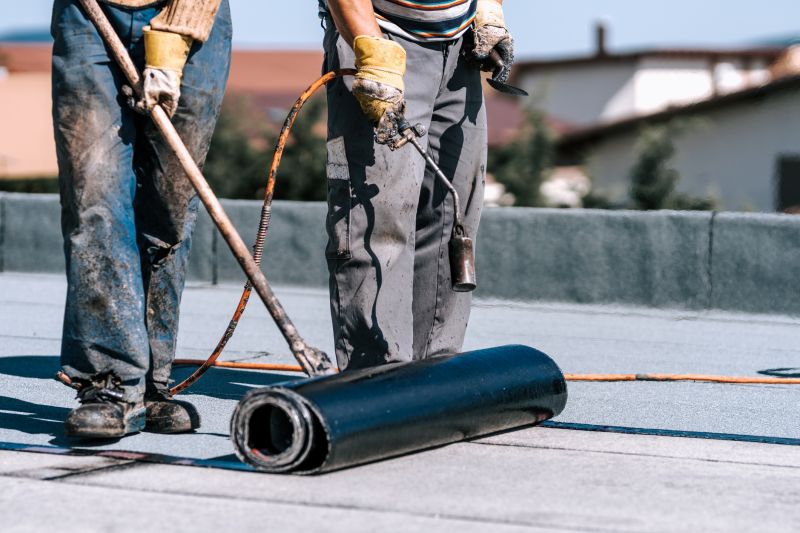
Installation of waterproof membranes on a building roof.
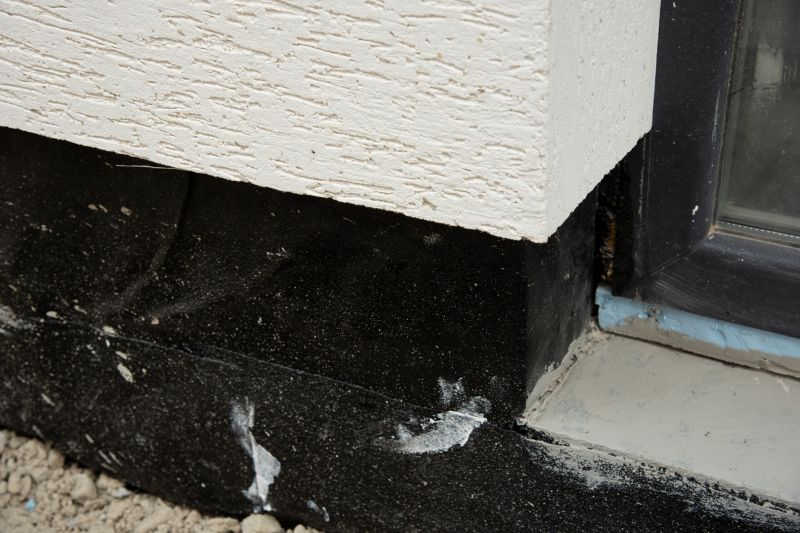
Waterproofing a basement wall to prevent water ingress.
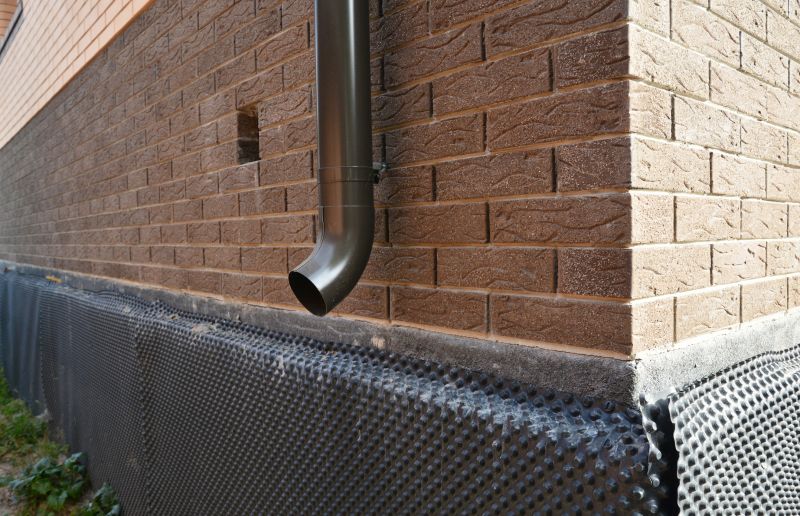
Setting up drainage systems to assist waterproofing efforts.
Waterproofings play a vital role in maintaining the structural integrity and longevity of buildings. They act as a barrier against water penetration, which can cause damage such as mold growth, wood rot, and foundational weakening. Proper waterproofing extends the lifespan of a structure and reduces maintenance costs over time. Statistics indicate that effective waterproofing can prevent up to 80% of water-related damages in buildings, emphasizing its importance in construction and renovation projects.
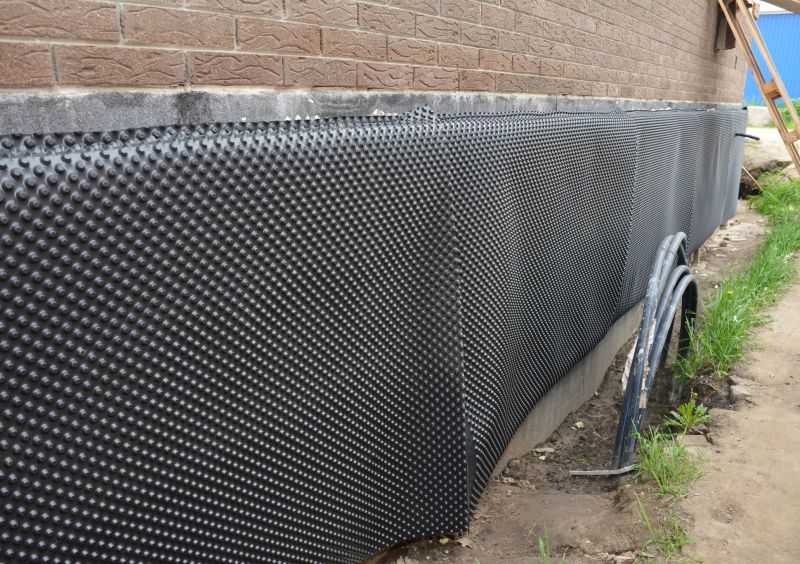
Applying waterproofing to a building foundation.
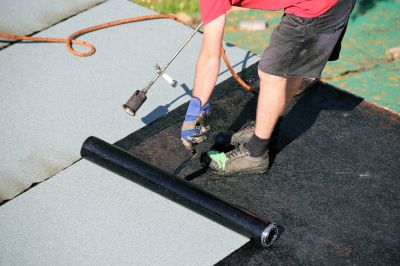
Sealing a flat roof with waterproof membranes.
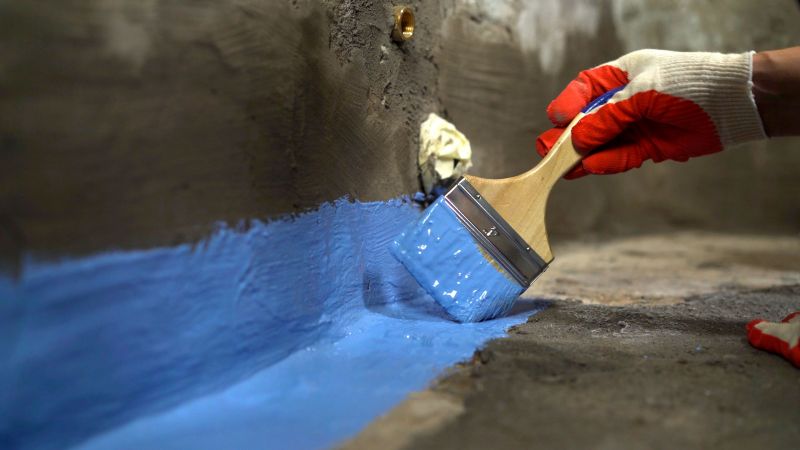
Applying sealant to basement walls for waterproofing.
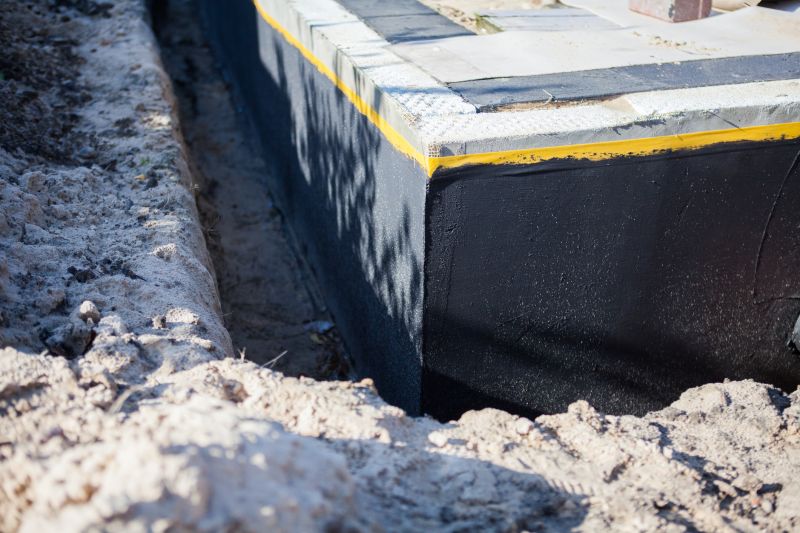
Various materials used in waterproofing applications.
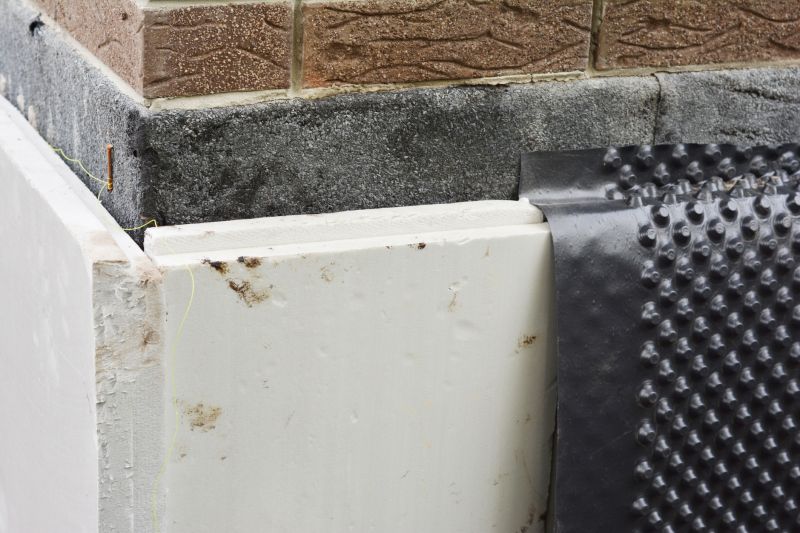
Inspecting waterproofing layers for integrity.
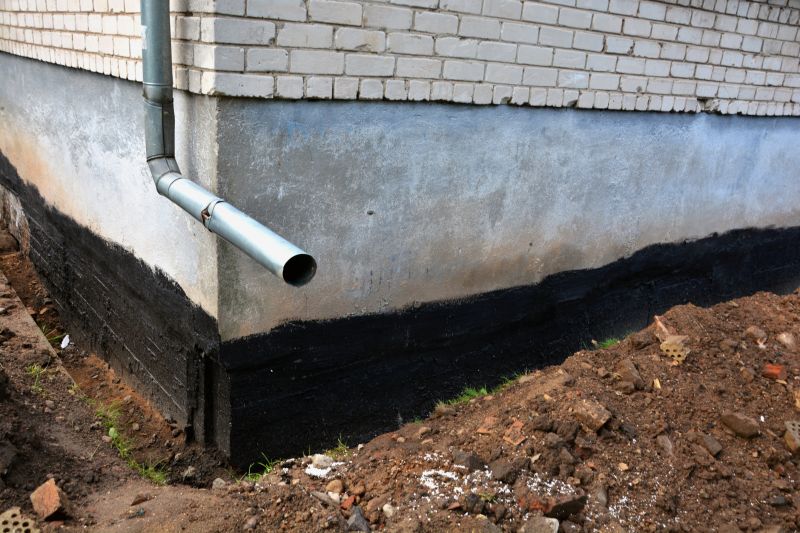
Installing drainage to complement waterproofing.
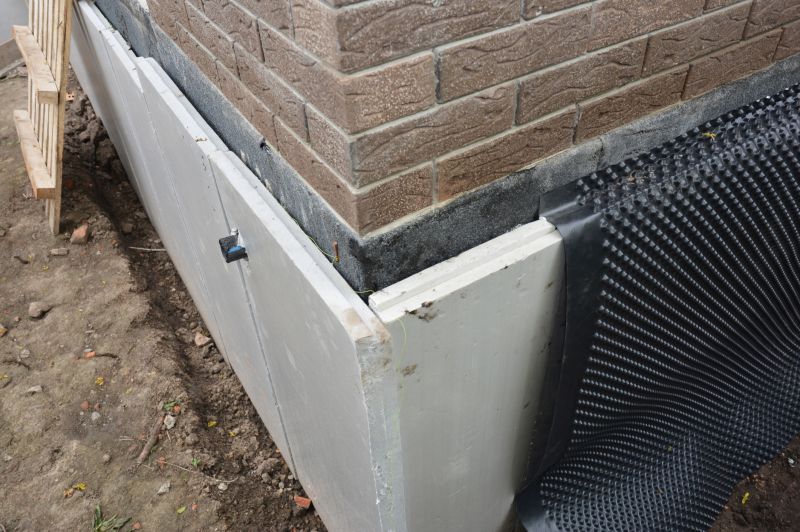
Waterproofing for commercial buildings.
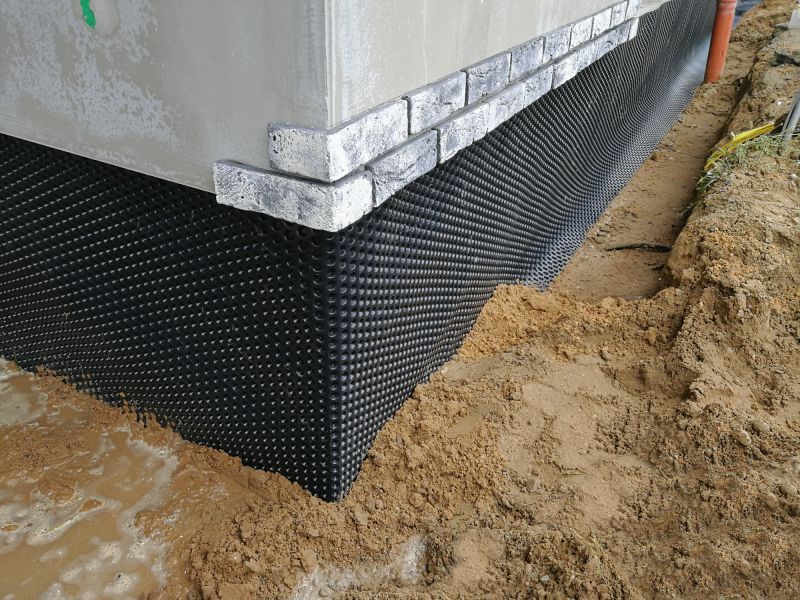
Waterproofing solutions for homes.
| Best Weather Conditions | Ideal Timeframe |
|---|---|
| Moderate temperatures | Spring and early summer |
| Low precipitation | Late summer and early fall |
| Dry weather | Throughout the dry season |
| Temperatures above freezing | Spring through early fall |
| Stable weather | Avoiding rainy or freezing periods |
Choosing the right time for waterproofing ensures optimal adhesion and curing of materials. Properly timed waterproofing projects can significantly reduce the risk of water intrusion, which is essential in regions with seasonal weather variations. Consulting with waterproofing professionals can help determine the most suitable period based on local climate conditions and project specifics.
Interested in waterproofing solutions? Filling out the contact form provides an opportunity to discuss options tailored to specific building needs and local climate considerations. Proper timing and application are key to achieving long-lasting water protection for any structure.

